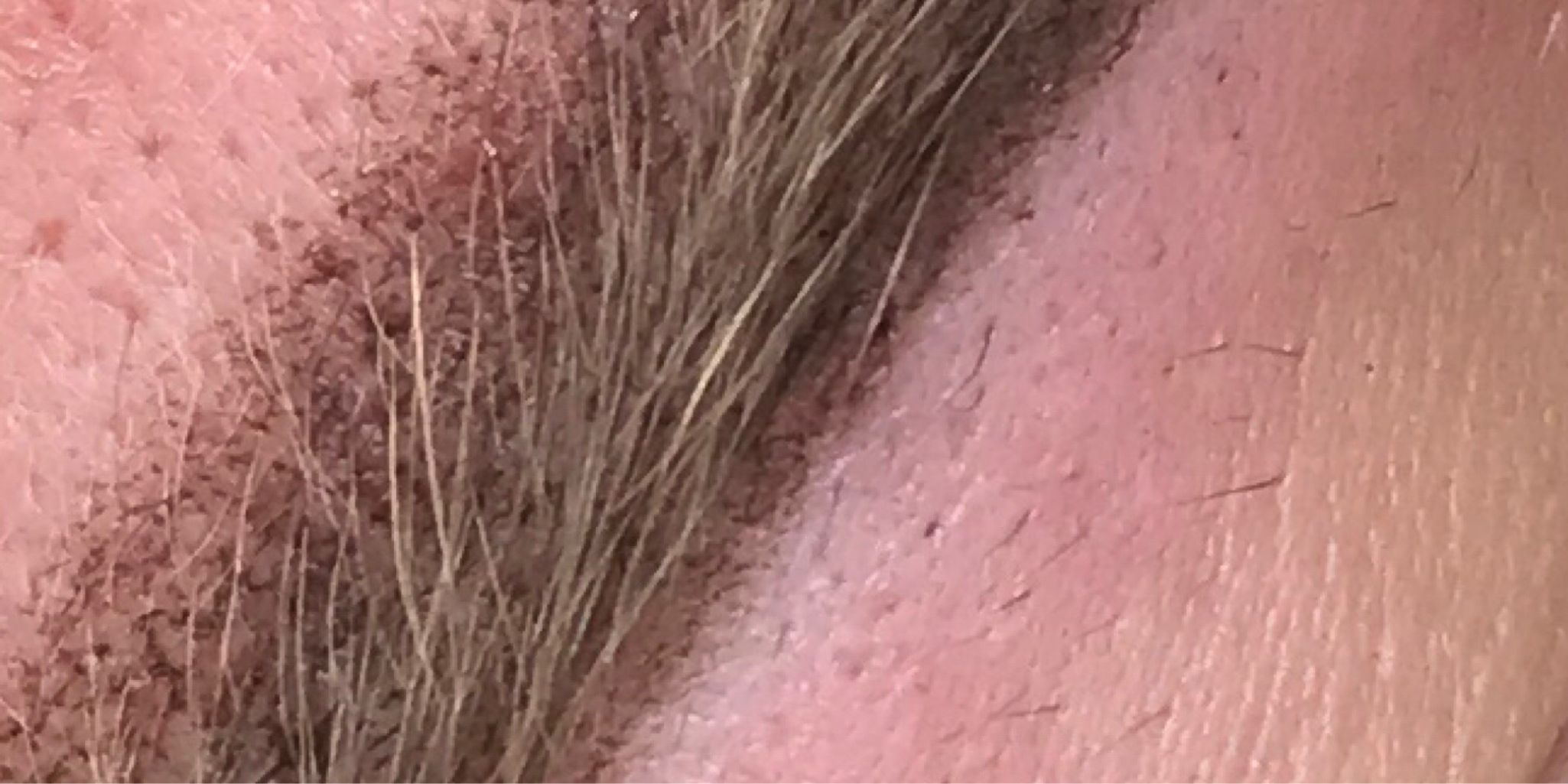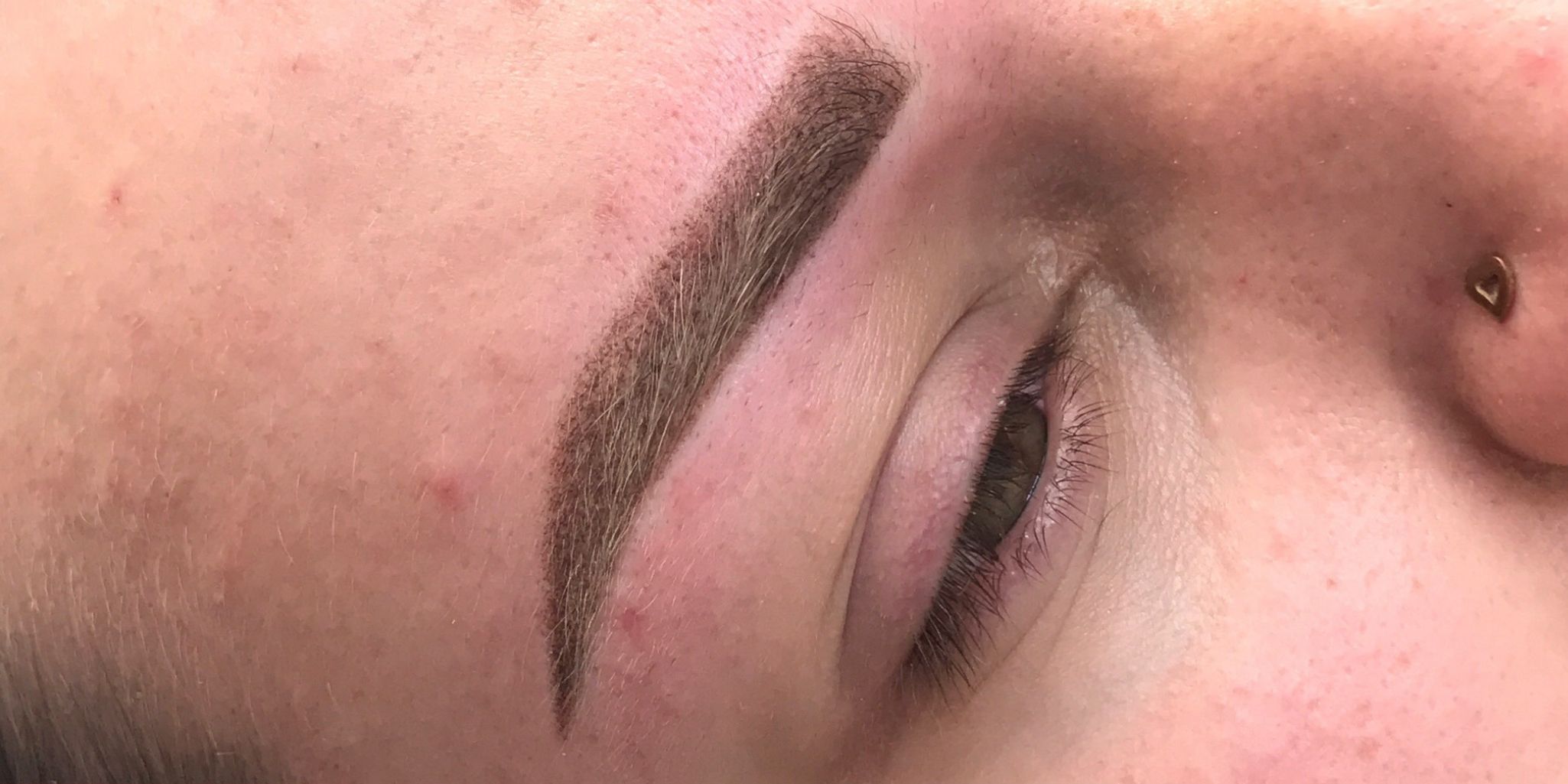Selection of needles and devices for permanent makeup, taking into account skin type
Individual approach to each client

Each person's skin is different, so a technique or needle that works great for one client may not work at all for another. A professional just needs to understand this issue
Inna Ovcharenko , international instructor-teacher KODI PROFESSIONAL, technologist in the direction of "permanent makeup", participant in international and world championships in permanent makeup and microblading, judge of the international category, developer of author's techniques in the PM
Each person's skin is different, so a technique or needle that works great for one client may not work at all for another. A professional just needs to understand this issue
Permanent makeup has rapidly entered the beauty industry. With the advent of permanent dyes, devices for applying permanent makeup and new techniques, masters solve many aesthetic needs of the client. And, of course, with the advent of demand, the number of craftsmen who provide this service is growing.
With a professional approach to the procedure, the master must know and understand skin types, understand the devices and know the configuration of the needles in order to avoid mistakes in work. I want to draw the attention of the masters to the fact that they have to work with living tissue, the cells of which do not recover during traumatic work!
Let's take a look at the main types of client's skin that should be taken into account before the procedure of permanent makeup of the eyebrows, in order to clearly understand which needles and which skin can be worked on.
Everyone has approximately the same skin structure, but there are differences in the intensity of the sebaceous glands. The type of skin depends on its appearance and the choice of proper care for it. When applying permanent makeup, it is the type of skin that affects the choice of needles and the concentration of pigment.
Traditional classification of skin types
Dry skin
Dry skin is usually understood as thin, sensitive skin: it “tightens” after washing, it does not shine, pores are almost invisible on it, and blackheads and pimples rarely occur. Anatomically, it is thin, usually slightly pigmented skin with a small amount of sebaceous glands and a thin subcutaneous fat layer. The size of the sebaceous glands of dry skin is usually smaller than that of oily skin. Early withering of dry skin is predetermined by its small thickness (the "pillow" on which the epidermis rests is very thin) and with a small amount of pigment that does not provide adequate protection from UV radiation.
It is not recommended to work on dry skin with sharp thin needles.
Oily skin
This is thick porous skin that secretes a lot of sebum. Acne and pimples often appear on it, it quickly acquires an “unclean” look. Anatomically, this is skin on a thick "lining", containing a large number of large sebaceous glands. With age, oily skin can turn into normal, moreover, wrinkles appear on it late. On such skin, it is recommended to work with needles with Long sharpening or contour beam needles.
Hyperkeratosis on oily skin
Hyperkeratosis is an overgrowth of the stratum corneum of the epidermis. The disease can occur due to various disorders within the body, as well as in the absence of proper skin care.
On such skin, it is recommended to work with needles with Long sharpening or contour beam needles.
Dehydrated skin
“Dehydrated skin” is a term coined to describe any type of skin that is dehydrated. Signs of dehydration are flaking, hypersensitivity, flaccid appearance of the skin, roughness, and the appearance of dry patches.
What is wrong with this classification? First of all, by the fact that, focusing on it, you can buy completely unnecessary or even harmful products for the skin. For example, it does not take into account such an important characteristic of the skin as the features of the process of its renewal. Let's say you have dry skin, in which the desquamation of horny scales is slowed down. If, according to the classification of the skin by type, you begin to generously lubricate such skin with a greasy cream, then the cream, gluing the horny scales, will prevent them from separating from the surface. An increase in the layer of worn-out damaged horny scales, which must be removed in a timely manner, can lead to a deterioration in skin color and even the appearance of acne and blackheads and a thickening of the stratum corneum (hyperkeratosis).
Oily but dehydrated
- Peeling on the forehead, around the eyes, chin, wings of the nose.
- Feeling of tightness, while the skin is shiny and inflamed.
- Enlarged loose pores.
- The skin is soft to the touch.
- Dull complexion.
On such skin, it is good to work with needles with medium and blunt sharpening.
normal skin
Normal - skin without pronounced problems, matte and even, elastic, with small pores. We also characterize such skin as “saturated”.
When working with normal skin, needles with sharpening Long or Medium are suitable.
The quality of work depends not only on knowing how deep to work, but also directly on the equipment and needles that the master has in his hands.
Technical aspects
In the process of applying permanent makeup, special needles of different diameters are used, made of special alloys (traditionally it is alloy steel). Alloy additives increase the strength and corrosion resistance of steel. In addition to the coating of the needles, it is worth considering the sharpening (taper) of the needle.
sharpening
There are three types of needle sharpening:
- L (Long) - long, sharp sharpening;
- M (Medium) - medium sharpening;
- S (Short) - short sharpening.
L (Long) - too sharp a needle, it can easily go deep into the skin, but at the same time it introduces a minimum of pigment, which forces the master to repeatedly go through the same places.
Diameter: distinguish between the diameter of the needles from 0.2 to 0.45 mm. The most common is 0.30 mm.
Needle soldering configuration:
- R (Round) - soldered around the needle; in turn, they are divided into contour L (Liner) and shading S (Shader);
- RL (Round Liner) - in this soldering, the needles are tightly brought together at the end into a bundle.
Most often, RL needles are also used with Long or Medium sharpening needles with the smallest needle diameter;
- RS (Round Shader) - in this soldering, the needles are parallel to each other. For RS, sharpening M (Medium) or S (Short) with a large diameter of needles is used;
- F (Flat) - these are needles soldered in one row (flat). They are designed for tight shading. Most often they have a long or medium sharpening and a different diameter;
- M (Magnum) - needles soldered in two rows. The needles at the base are soldered in one row, but at the end they are divided into two rows in a checkerboard pattern, such needles are used for soft shading - from transparent to dense shading;
- SF (Slop) - these are needles soldered in one row, which have different lengths - from larger to smaller. These needles most often have a medium or short sharpening and different diameters, ideal for working with loose, porous skin. Suitable for both soft shading, dense shading, and for lines.
An important factor in the implementation of high-quality permanent makeup is the apparatus that the master works with.
When choosing a device, the master should consider the following factors:
- power of the apparatus and maniple;
- whether the device is equipped with a modular system of needles;
- possibility of installation on a maniple of the maximum departure of a needle;
- lack of vibration and side beating of the needle;
- portability and convenience.
DIAMOND
The device is equipped with one maniple handle with the ability to set the puncture depth. The advanced modular system allows you to work even with ultra-fine needles. The new generation motor ensures the absence of vibration and high precision of manipulations in conditions of long-term continuous operation. The supply of pigment is carried out at a high reach of the needle. Portable touch panel with display provides control of settings and quick operation.
SMARTNEEDLE
Thanks to the innovative motor, the device ensures low noise and no vibrations. Provides high accuracy of punctures and allows you to work with ultra-fine needles. The supply of pigment is carried out at a high reach of the needle. Installation of mesomodules is provided. Silent high power rotary motor ensures high precision and stability of the needle in the handpiece. It is possible to adjust the needle projection and quick change of modules. Among the advantages of this maniple is the absence of vibration and lateral runout.
SILHOUETTE PMM Z1
The Silhouette PMM Z1 compact device for permanent make-up is a new quality of the procedure for the master, the highest level of comfort and safety for the client.
The introduction of the pigment into the skin is carried out using an ergonomic handpiece and exclusive needle modules of a new configuration - the transfer shaft is located inside the module. This design advantage ensures the strength and reliability of the device in intensive use, allows you to achieve perfectly accurate lines. Among other advantages of the device are high power with low noise level, adjustable frequency and depth of penetration of the needle, absence of vibrations.
Dear masters! Remember! Your work on the face of the client is your brand as a master. And it depends only on you whether this will be evidence of a fiasco or your success.
Read also
- "Pitfalls" of PM and how to avoid them for a novice master
- Soft arrow in pencil technique from a permanent makeup expert
- Undesirable consequences of beauty procedures: skin trauma and permanent makeup
- Paramedical micropigmentation: getting rid of scars
- Paramedical micropigmentation: paints instead of a scalpel
- Areola tattoo: how to care after the procedure
- Areola tattoo: about the technique and nuances of the procedure
- Areola PM: the basics of the procedure from expert Anna Zabolotnaya
- Permanent lip makeup from the artist and master PM Alla Romazanova

